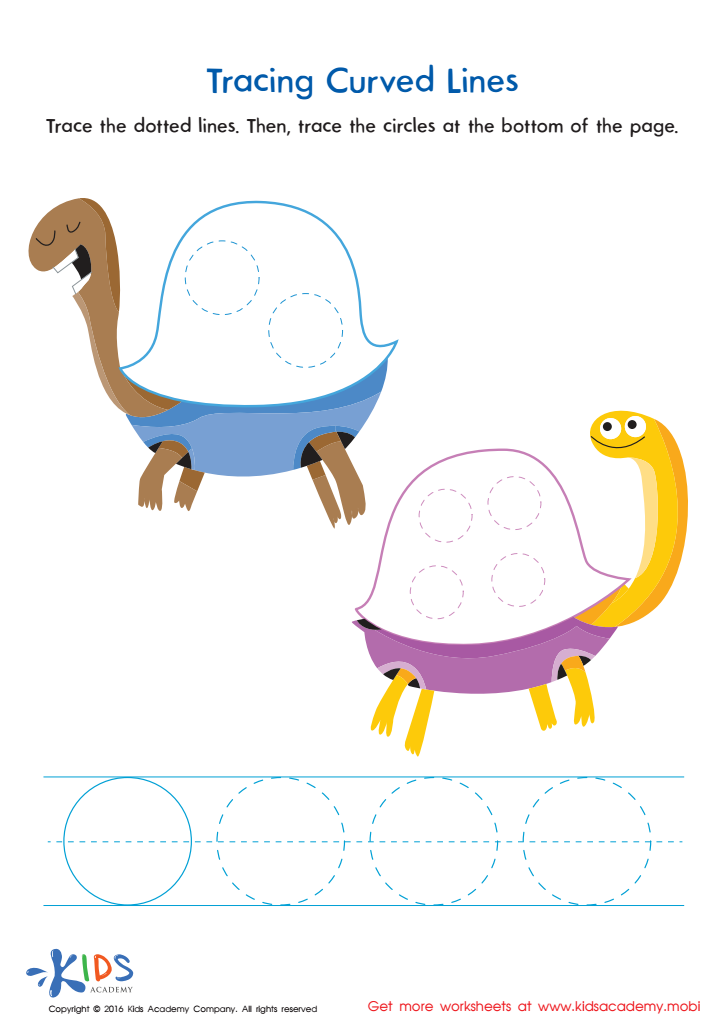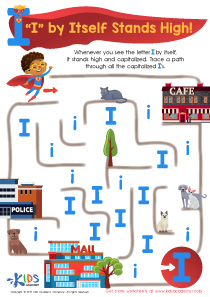Normal Tracing Lines and Curves Worksheets for Ages 3-8
5 filtered results
-
From - To
Enhance your child's fine motor skills with Kids Academy's Normal Tracing Lines and Curves Worksheets for ages 3-8. Specifically designed to facilitate early writing development, these engaging printables help young learners practice tracing letters, shapes, and patterns. Through interactive activities and colorful designs, children improve hand-eye coordination, build muscle memory for writing, and gain confidence in their writing abilities. Perfect for home or classroom use, our worksheets cater to a range of skill levels, making learning both fun and effective. Give your child a head start on reading and writing with our expertly crafted tracing worksheets.
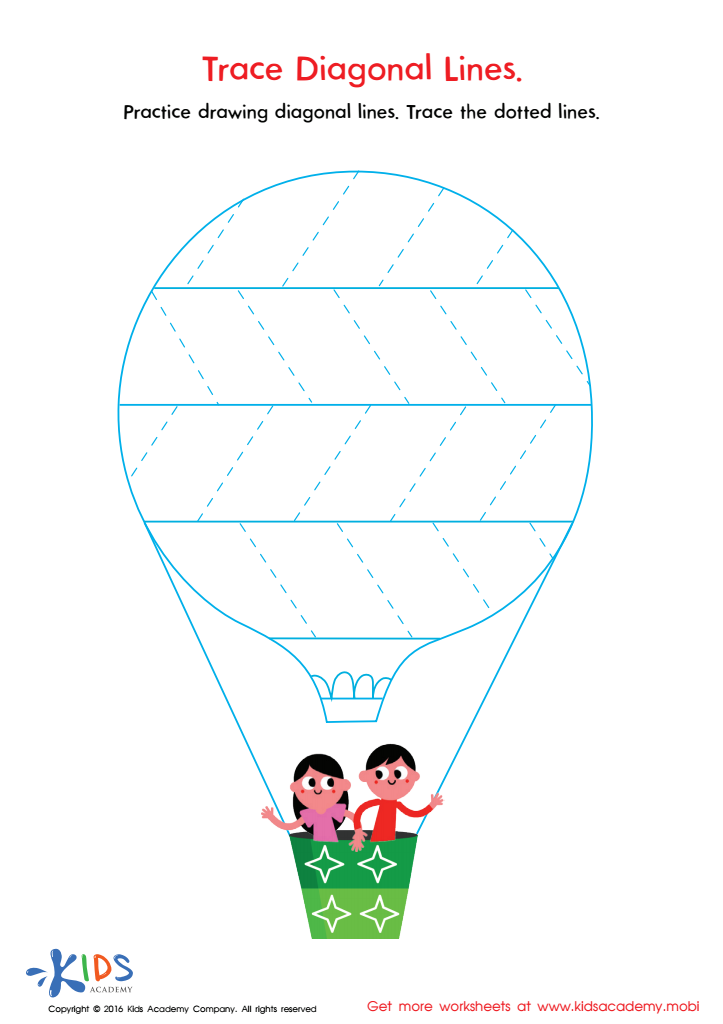

Trace Diagonal Lines Worksheet
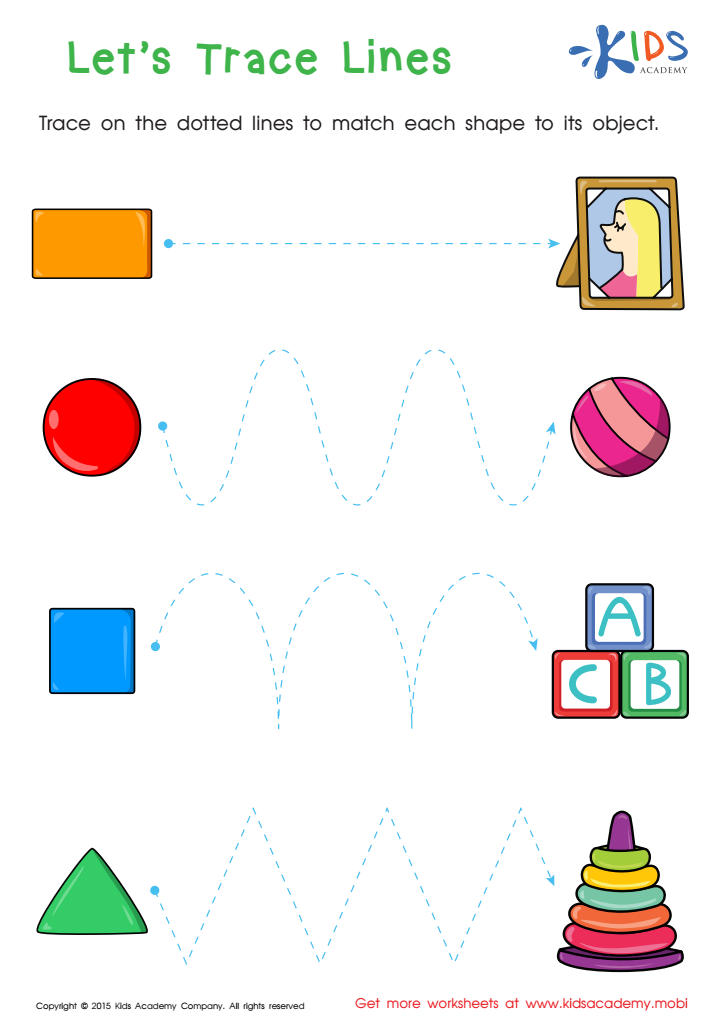

First Words: Let's Trace Lines Worksheet
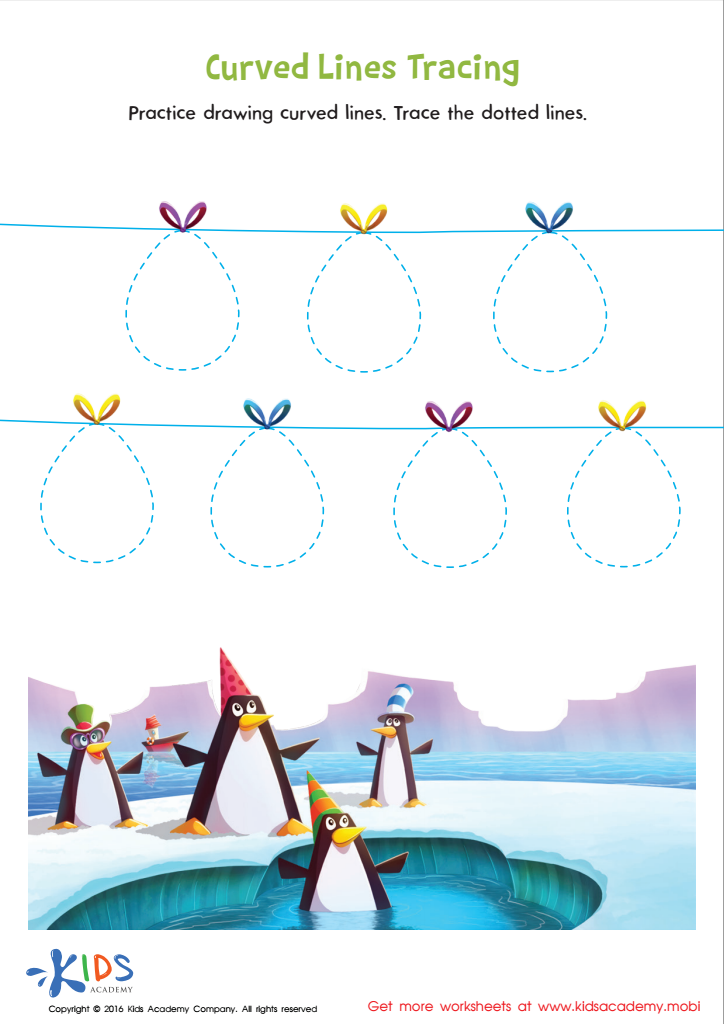

Curved Lines Tracing Worksheet
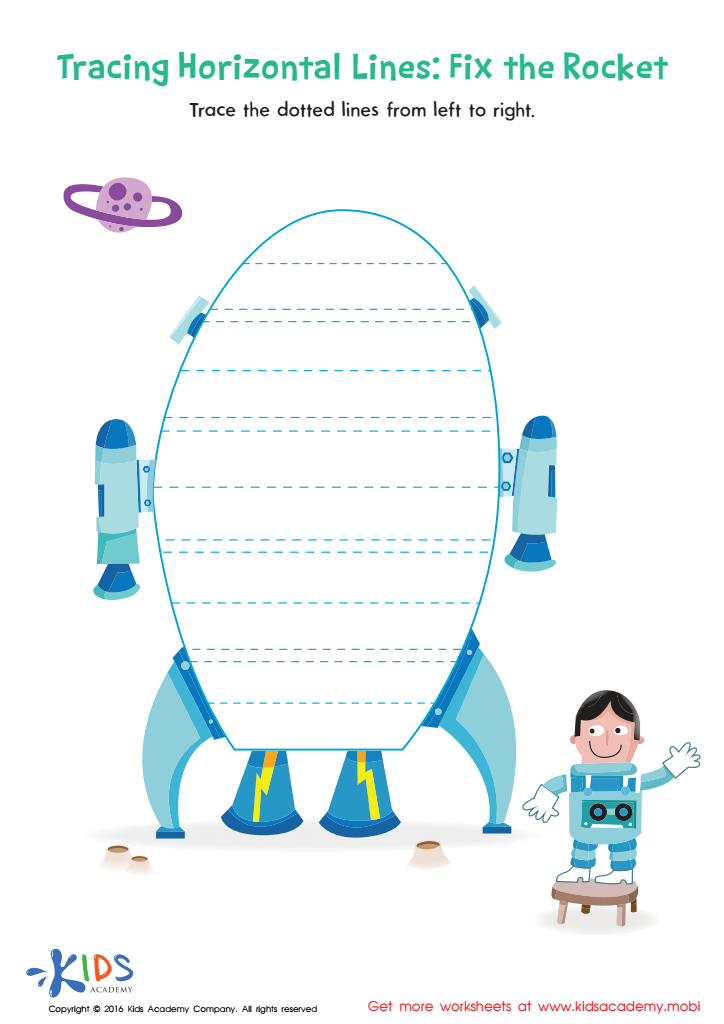

Tracing Horizontal Lines Worksheet
Normal tracing lines and curves are foundational exercises that significantly influence the developmental trajectory of children aged 3-8. For parents and teachers, understanding the importance of these activities goes beyond just preparing a child for writing; it’s about fostering essential fine motor skills and coordination.
Tracing helps in developing the muscles of the hand and fingers, which are crucial for gripping a pencil. This development enables children to write more efficiently and legibly, giving them confidence in their abilities. Furthermore, tracing lines and curves bolsters hand-eye coordination, an essential skill for daily tasks and future academic pursuits like reading and writing.
Beyond motor skills, these activities enhance cognitive development. As children focus on staying within lines and curves, they improve concentration and attention to detail. This structured practice encourages following instructions and patience, qualities invaluable in a learning environment.
Additionally, tracing is an early introduction to the concept of forming numbers and letters, creating a smooth transition into formal writing. Consistent practice allows children to recognize shapes and patterns, aiding visual-spatial understanding, which is fundamental in mathematics and reading.
In essence, tracing lines and curves isn’t just child's play; it lays the groundwork for numerous cognitive and motor skills that are critical for a child’s overall development and success in both academic and everyday situations. Parents and teachers who incorporate these activities are investing in their child's foundational growth.
 Assign to My Students
Assign to My Students
